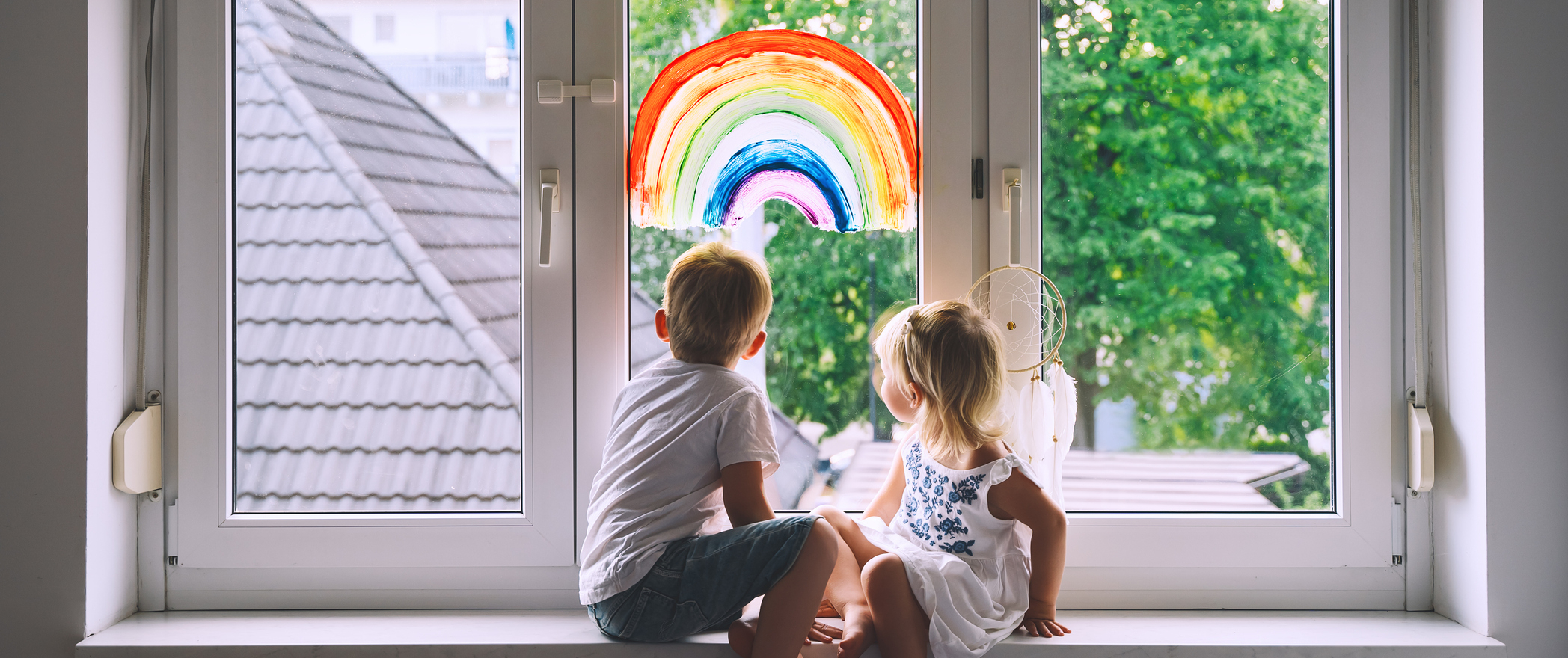Understanding the correct social distancing protocols.
With headlines changing daily about COVID-19, it can be hard to keep track of all of the terminology and what you should do if you have the virus or think you may have been exposed to it. Should you isolate or quarantine? What’s the difference? Thankfully the Centers for Disease Control and Prevention (CDC) and Sharecare’s chief medical officer, Michael Crupain, MD, MPH, break down the distinctions.
“Quarantine and isolation mean that people do the same thing (stay away from everyone), but the words are applied to different scenarios,” explains Dr. Crupain. “Quarantine is for someone who has exposure but no symptoms and isolation is for someone who is diagnosed with COVID.”
What precautions to take during quarantine or isolation
People who are either in quarantine or isolation should separate themselves from others as much as possible. Don’t go to work or leave the house if you can avoid it. If you live with others, try to stay in one room and only use one bathroom. Have a family member or loved one bring you food and supplies if possible. If that’s not possible, wear a mask when others are present, and try not to get within 6 feet of the people you live with. Do not share household items with anyone such as towels, utensils or plates.
If you live alone, don’t go out to grocery shop or run errands. Instead, order groceries online or see if someone can shop for you. The idea is to stay as isolated from other people as you can. That’s true for those quarantining, or in isolation.
The mechanics of quarantine and isolation may be the same, but the duration and causes for each situation are distinct.
Quarantine
Quarantine is for people who have had exposure but do not have symptoms. According to the CDC, anyone who may have been exposed to COVID-19 should self-quarantine for 14 days, excluding people who have already had COVID-19 in the last three months.
You should quarantine if you have done any of the following with someone who has tested positive for COVID-19:
- Been within 6 feet for 15 minutes or more
- Been sneezed or coughed on
- Provided care
- Had direct physical contact
- Shared eating or drinking implements
While quarantining, monitor your health to see if you develop any COVID-19 symptoms. Symptoms may include a fever of 100.4 degrees F or higher, chills, shortness of breath, new loss of the sense of smell and taste, fatigue, sore throat, muscle or body aches, congestion or runny nose, nausea or vomiting and diarrhea.
For those who do not develop symptoms, Dr. Crupain sums up the quarantine process: “if you were in close contact with someone who had COVID, but you have no positive test or symptoms you have to stay in quarantine for 14 days and can leave after 14 days if you still have no symptoms.”
If you do develop symptoms, you’ll move into isolation. Be sure to contact your healthcare provider for care and testing options.
Isolation
Isolation is designed for people who have probable or confirmed cases of COVID-19 and are able to recover at home. Leaving isolation will depend on the severity of your illness and access to testing.
Asymptomatic individuals, meaning people who have a confirmed positive case of COVID-19 but have no symptoms, can leave isolation 10 days after a positive test result. If you are in an area with ample testing, you may be able to leave isolation sooner after receiving two negative tests taken at least 24 hours apart.
If you have a mild or moderate case of COVID-19 and can recover at home, you can leave isolation under the following conditions:
- It has been at least 10 days since your symptoms first appeared and
- It has been at least 24 hours since your last fever without the use of fever-reducing medicine and
- Your symptoms have improved.
More severe cases of COVID-19, such as those who were admitted to the hospital, may require 20 days of isolation. Speak with your healthcare provider to determine what’s right for you.
The goal of both quarantine and isolation is to prevent the spread of the coronavirus. Through distancing and limiting the exposure, you can all help to limit this pandemic.
Sources: https://www.cdc.gov/coronavirus/2019-ncov/if-you-are-sick/quarantine.html
https://www.cdc.gov/coronavirus/2019-ncov/if-you-are-sick/isolation.html
https://www.cdc.gov/quarantine/quarantineisolation.html
https://www.cdc.gov/coronavirus/2019-ncov/hcp/duration-isolation.html

